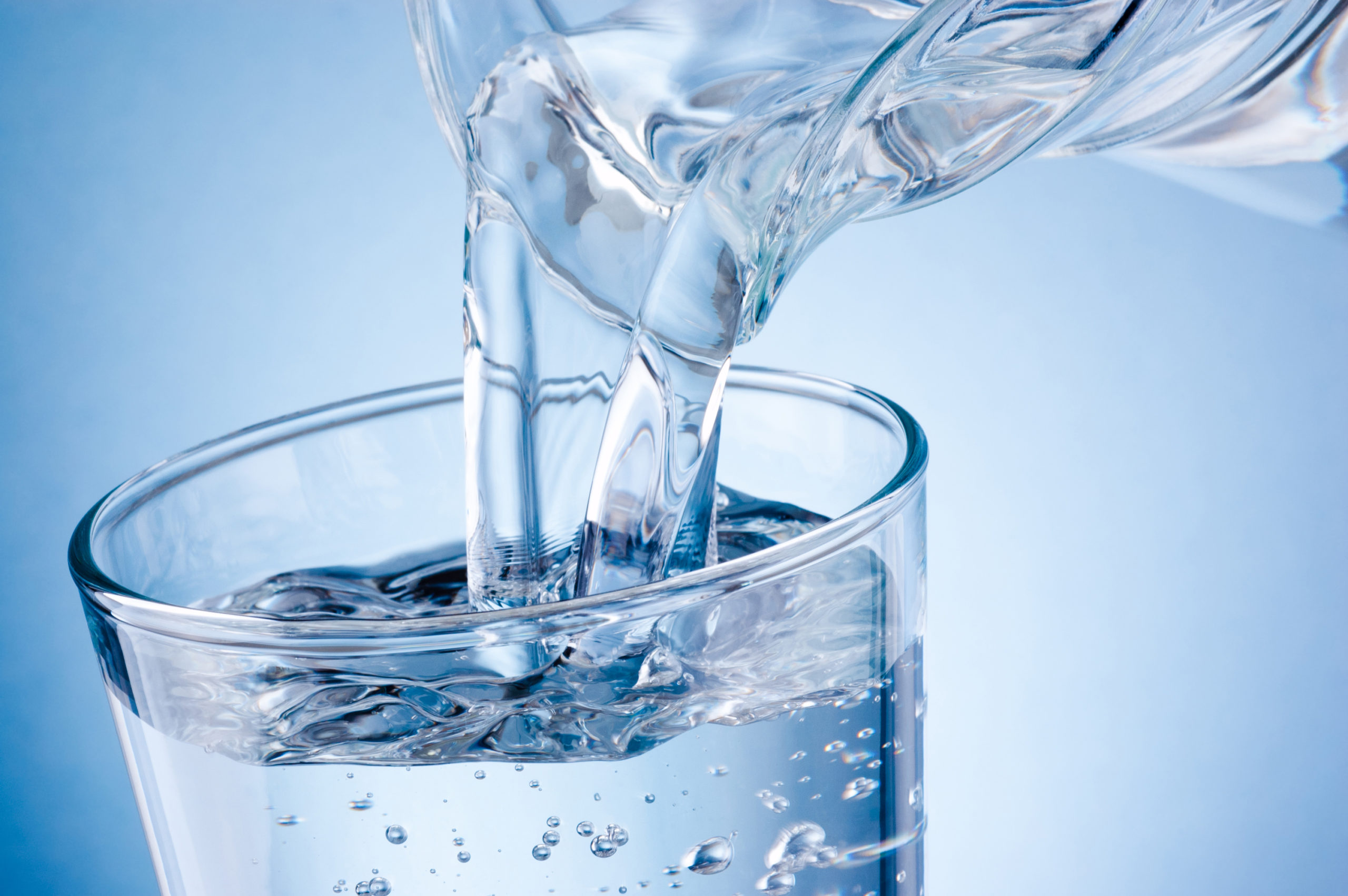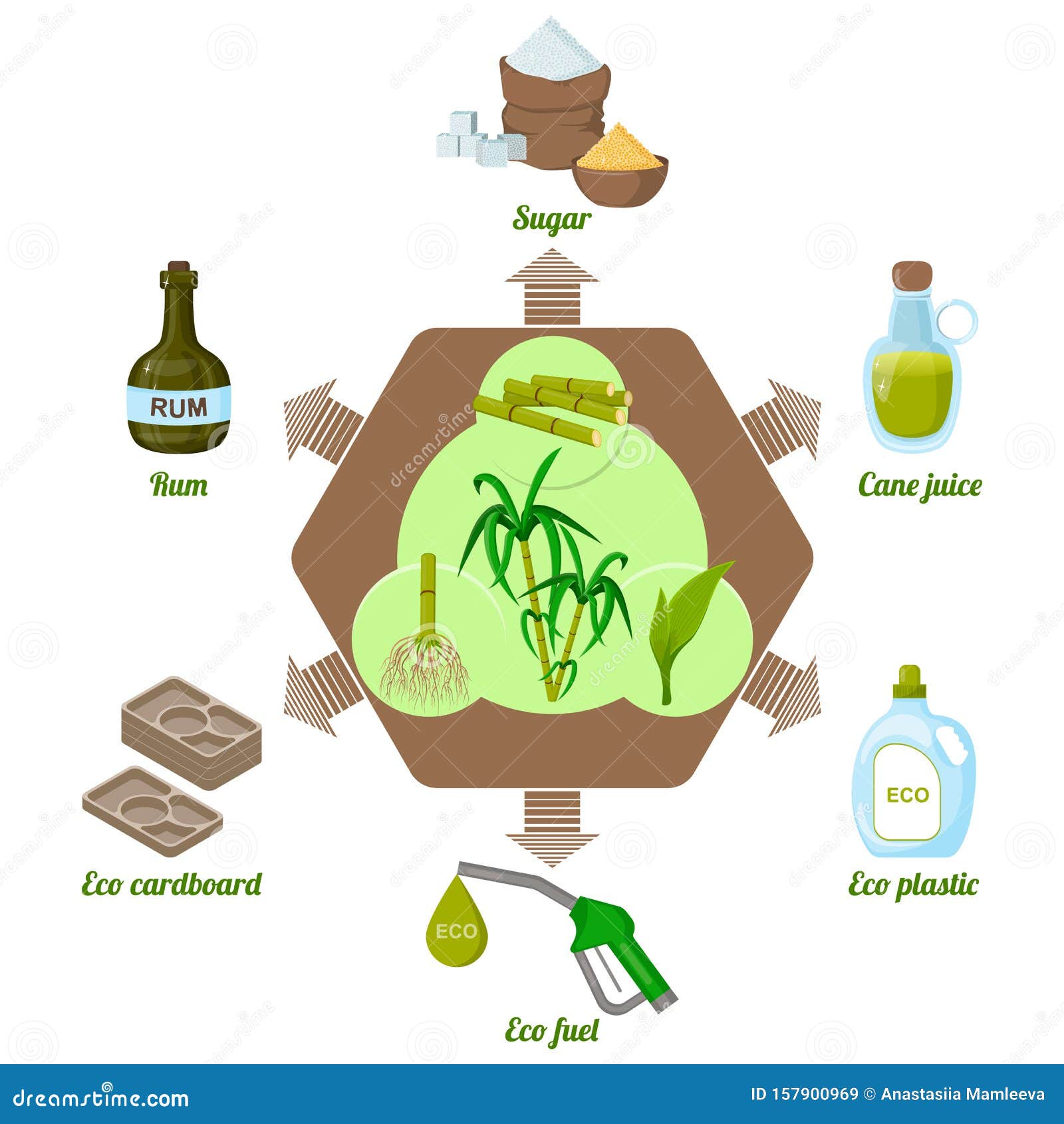Eco-Conscious sugar cane products That Promote Environmentally Friendly Living
The Comprehensive Trip of Sugar Cane: Recognizing Supplies and Production Techniques
The journey of sugar walking stick is a complicated procedure that starts in exotic areas with suitable expanding problems. Growing practices are designed to maximize yield and sustainability. Gathering techniques range from traditional manual techniques to contemporary mechanical techniques. After harvest, sugar walking cane undergoes numerous processing stages to change it right into granulated sugar. This exploration reveals not just the ins and outs of production yet likewise the more comprehensive implications for worldwide markets and the setting. What exists past this initial transformation?

The History of Sugar Cane Farming
Sugar walking cane growing dates back thousands of years, its beginnings can be traced to the exotic areas of Southeast Asia, where very early farmers initially acknowledged the plant's wonderful sap. This exploration resulted in the farming of sugar walking stick as a staple crop, progressively spreading out to India and the Middle East. By the very first millennium AD, sugar walking cane was being cultivated in these regions, where strategies for removing and refining sugar were developed.The plant gained importance in Europe throughout the Campaigns, as returning soldiers brought understanding of sugar production back home. By the 15th century, the establishment of sugar haciendas began in the Caribbean, driven by the need for sugar in Europe. The transatlantic slave labor fueled this expansion, as oppressed labor was utilized to make best use of production. Over centuries, sugar walking stick growing evolved, affecting economies and cultures worldwide, making it a substantial farming product.
Expanding Problems and Agricultural Practices
The successful cultivation of sugar cane relies heavily on details growing problems and farming practices. Suitable temperatures vary in between 20 to 32 levels Celsius, with well-distributed rains of 1,500 to 2,500 millimeters every year. Soil quality is vital; loamy or sandy soils, rich in organic matter, promote healthy and balanced growth.Farmers typically employ numerous farming methods to enhance return. Crop turning and intercropping prevail techniques to keep soil fertility and control insects. Regular irrigation might be needed in drier regions, guaranteeing that the plants receive appropriate moisture. Fertilizing, particularly with nitrogen and potassium, is critical for durable growth.Pest and weed monitoring strategies, consisting of incorporated bug management (IPM), aid to lessen losses. Sustainable practices, such as very little tillage and organic farming, are obtaining grip among producers to protect the atmosphere. Jointly, these elements add considerably to the successful production of sugar cane.
Collecting Methods and Timing
In sugar walking stick production, the choice between guidebook and mechanical harvesting significantly influences efficiency and return. Timing is likewise vital, as harvesting at the ideal minute guarantees optimal sugar content and lessens losses. Understanding these factors is crucial for effective sugar walking stick cultivation.
Guidebook vs. Mechanical Harvesting
Collecting sugar cane entails 2 primary approaches: manual and mechanical, each with distinctive advantages and difficulties. Manual harvesting, commonly carried out by workers utilizing machetes, enables greater accuracy in reducing and decreases damages to the plant. It is usually favored in regions with unequal surface or where the crop is interspersed with other plants, as employees can browse these intricacies better. It is labor-intensive and lengthy. Alternatively, mechanical harvesting employs specialized devices to reduce and gather the walking cane rapidly, enhancing effectiveness and lowering labor costs. This approach is fit for large procedures but can cause greater crop damages and dirt compaction. Inevitably, the option between guidebook and mechanical harvesting depends upon various aspects, consisting of economic considerations and environmental conditions.
Optimum Gathering Timing
Selecting the ideal moment to gather sugar cane considerably affects both yield and high quality. Suitable harvesting usually happens when the cane reaches complete maturation, typically between 12 to 18 months after planting. At this stage, sucrose levels top, guaranteeing the very best sugar extraction prices. Weather conditions also play an important duty; collecting throughout completely dry periods can prevent damages to the walking stick and reduce soil compaction. In addition, checking the plant's color and leaf drop can show readiness, as a yellowing of the fallen leaves recommends that the cane is ripe. Timely harvesting is important, as delays can result in lowered sugar web content and raised vulnerability to pests and conditions, eventually affecting general production efficiency.
Handling Techniques: From Cane to Sugar
The processing of sugar walking cane entails important removal techniques that separate the juice from the coarse plant product. Following extraction, the refining process changes the raw juice right into crystallized sugar, making certain purity and top quality. Comprehending these techniques is essential for comprehending the journey of sugar from walking stick to end product.
Extraction Methods Overview
Removal techniques play a significant duty in transforming sugar walking cane into useful sugar. The walking stick is harvested and transferred to processing centers where it undertakes thorough washing to eliminate contaminations - sugar cane products. The following step entails crushing the walking stick making use of heavy rollers, which launches the juice consisting of sucrose. This juice is then cleared up via the addition of lime and warm, enabling pollutants to resolve out. After information, the juice is vaporized under controlled temperatures to concentrate the sugar material. Ultimately, formation occurs, where sugar crystals are formed as the focused juice cools down. These techniques guarantee the effective extraction of sugar while preserving the top quality required for further processing. Comprehending these methods is vital for comprehending the general production of sugar from sugar walking cane
Refining Refine Explained
Refining sugar from the extracted juice is a critical step that enhances its purity and top quality. This procedure includes several stages, beginning with explanation. The juice is heated up and treated with lime and various other representatives to eliminate pollutants, resulting in a clearer fluid. Next off, the cleared up juice undertakes dissipation, where water is gotten rid of to focus the sugar web content. The concentrated syrup is then taken shape by cooling down, allowing sugar review crystals to develop. These crystals are separated from the staying syrup, called molasses, through centrifugation. Finally, the raw sugar is more fine-tuned through cleaning, filtering, and drying, which removes any type of remaining impurities. Completion item is the granulated sugar typically utilized in families and sectors worldwide, ensuring uniformity and sweetness.
Lasting Practices in Sugar Cane Production
Although sugar walking cane production has generally depended on extensive farming techniques, there is a growing focus on sustainable methods that promote environmental wellness and economic feasibility. Farmers are significantly adopting strategies such as crop turning, which enhances dirt fertility and lowers parasite problems. Integrated bug management (IPM) is additionally gaining grip, permitting natural killers to regulate pest populations, therefore decreasing chemical pesticide use.In addition, innovations in irrigation techniques, such as drip watering, are being made use of to conserve water sources. Lasting land management practices, including reduced tillage, aid protect against soil erosion and keep biodiversity. Moreover, numerous producers are checking out chemical-free farming techniques, which avoid synthetic fertilizers and pesticides altogether, promoting a healthier community.
The International Sugar Market and Economic Influence
Lasting techniques in sugar walking cane production not just benefit the setting however also affect the dynamics of the international sugar market. As consumer demand changes in the direction of morally created items, nations taking on sustainable methods obtain affordable benefits. This pattern motivates major sugar exporters, such as Brazil and India, to integrate environment-friendly methods, therefore influencing worldwide pricing and supply chains.Moreover, fluctuations in production due to environment modification and environmental laws can trigger volatility in sugar costs, affecting economic situations reliant on sugar exports. As an example, regions that spend in lasting farming may experience boosted yield security, leading to far better market positioning.Economic effects extend past individual nations, as global profession contracts and tolls shape the affordable landscape. Ultimately, the interaction between lasting practices and market characteristics emphasizes the relevance of adaptive approaches in a rapidly transforming economic atmosphere, affecting both producers and customers in the international sugar market.
Technologies in Sugar Cane Application and By-products

As the need for renewable energies grows, advancements in sugar walking cane usage and by-products are changing the agricultural landscape. Scientists and business owners are discovering unique applications that extend beyond standard sugar production. One substantial growth is the conversion of bagasse, the coarse residue left after juice removal, right into bioenergy and bioplastics (sugar cane products). This not just reduces waste however additionally supplies lasting energy alternatives for handling facilities.In enhancement, advancements in fermentation technology have caused the production of biofuels, such as ethanol, from sugar cane, which adds to cleaner power services. The removal of molasses has actually opened up opportunities for producing value-added products like pet feed and specialized spirits.These technologies not just improve the financial feasibility of sugar walking cane growing however additionally advertise ecological sustainability, making sugar walking cane a critical plant in the change towards a circular economy. The recurring expedition of its possible remains to produce promising outcomes
Often Asked Questions
What Are the Wellness Consequences of Consuming Sugar Cane Products?
The health and wellness effects of consuming sugar walking cane items can vary. While they provide power and necessary nutrients, extreme consumption might result in weight gain, increased blood sugar degrees, and a higher threat of dental issues. Small amounts is essential.
How Does Environment Adjustment Effect Sugar Cane Production?
Environment modification substantially affects sugar cane production by modifying rainfall patterns and raising temperature levels. These changes can company website cause reduced yields, boosted parasite stress, and challenges in preserving dirt health, eventually influencing both quality and amount of harvests.
What Is the Duty of Sugar Cane in Biofuel Production?
The role of sugar walking stick in biofuel production is substantial; it serves as a renewable resource resource, transforming sugars into ethanol. This process minimizes dependence on nonrenewable fuel sources and helps minimize greenhouse gas exhausts, promoting ecological sustainability.

Exist Any Different Sweeteners Stemmed From Sugar Cane?
Alternate sweeteners stemmed from sugar cane include molasses and walking cane sugar itself. These items give sweetening options while keeping some dietary benefits, making them popular choices for customers looking for natural options to sweetening agents.
How Does Sugar Cane Farming Affect Citizen Communities?
Sugar walking why not try this out cane farming greatly influences neighborhood communities by giving employment possibility, increasing neighborhood economies, and affecting social frameworks. Nevertheless, it can likewise result in ecological issues and health concerns, necessitating a well balanced technique to sustainable methods.